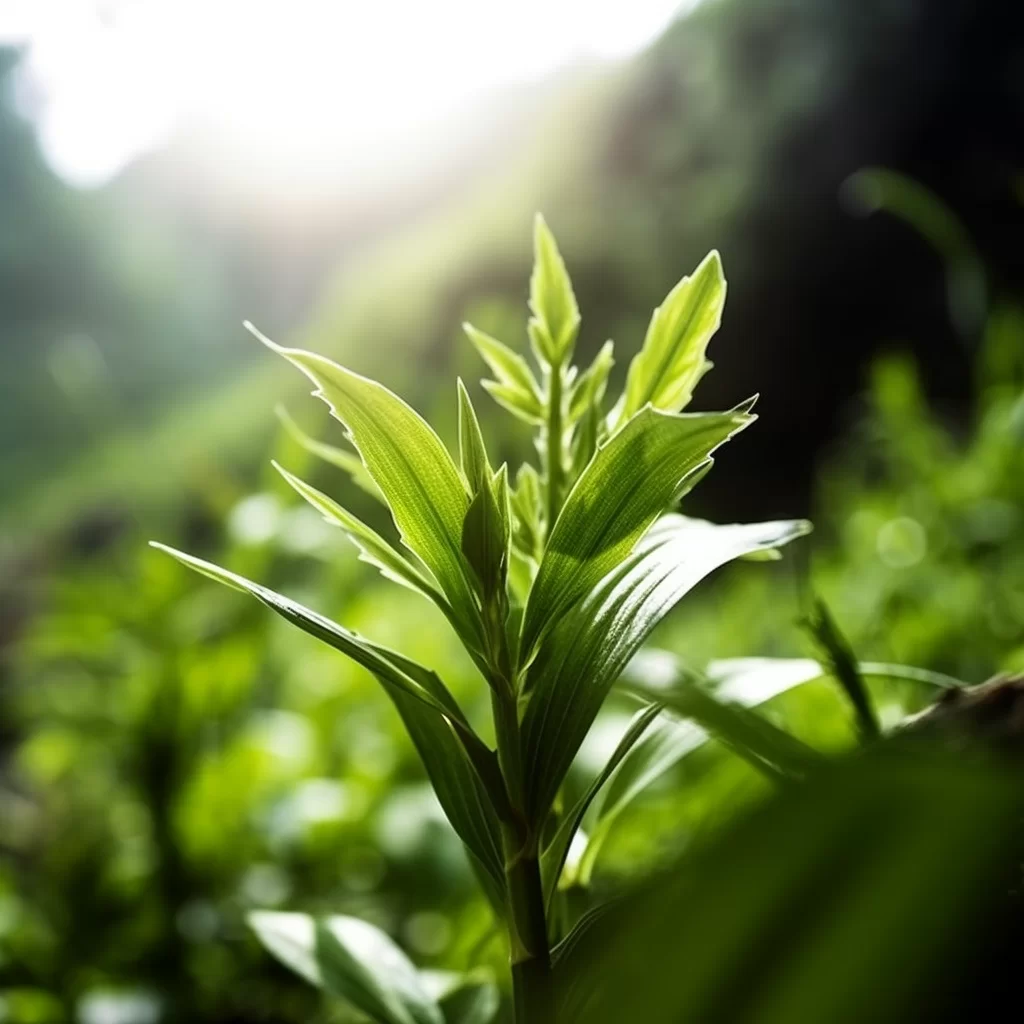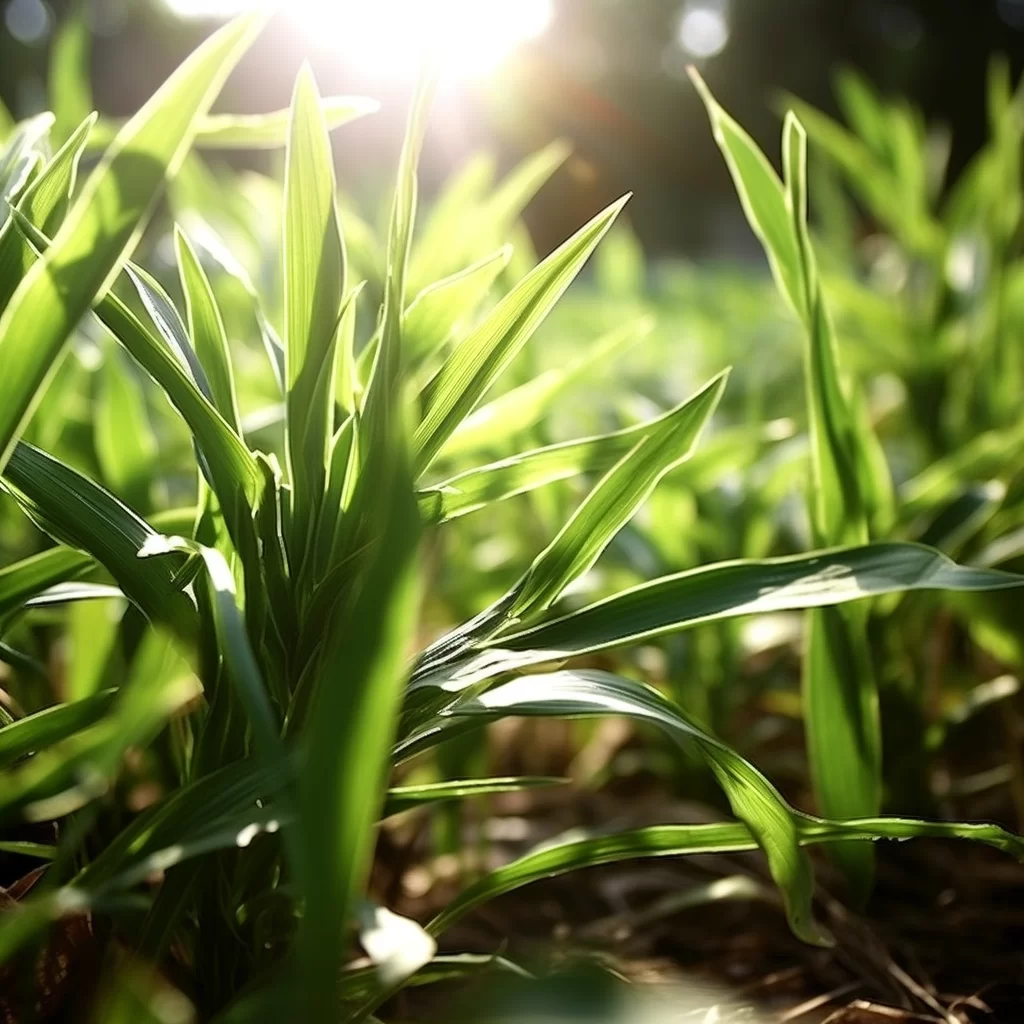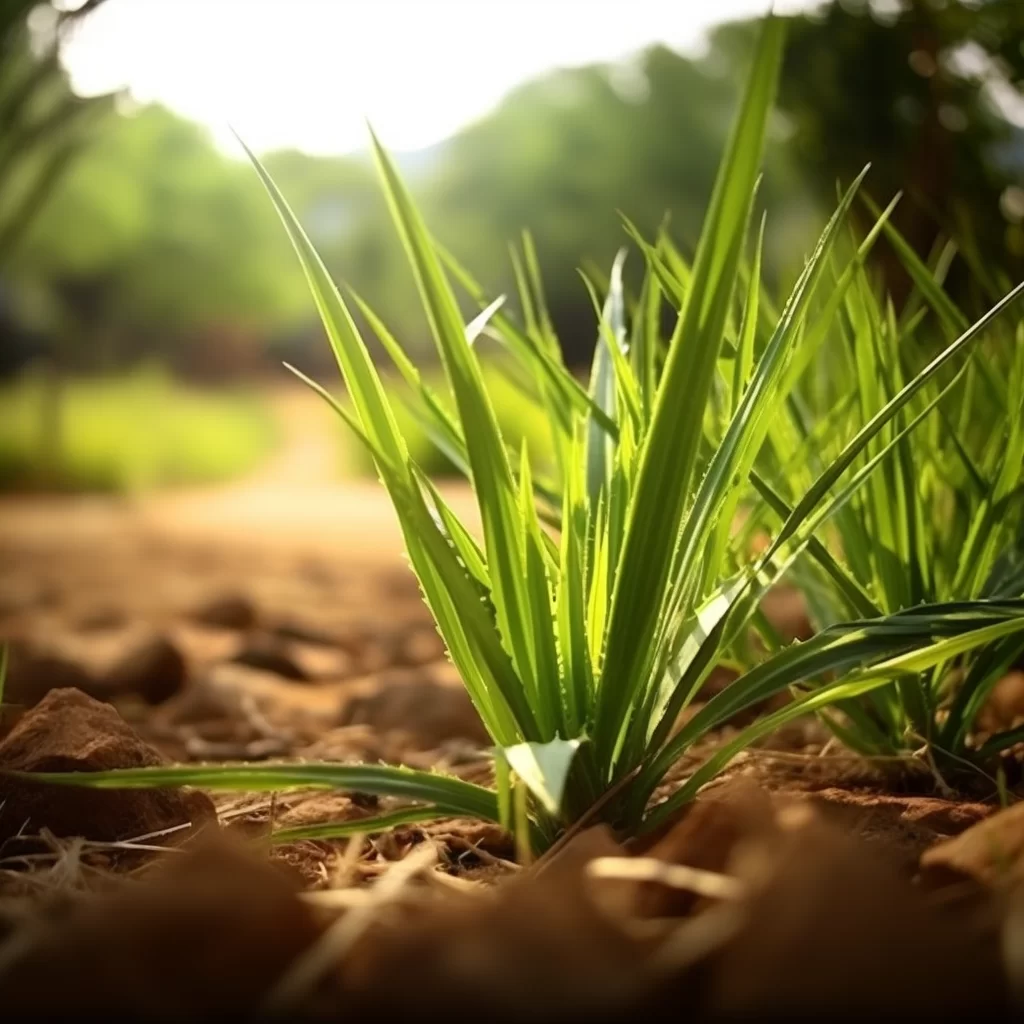Story of Day :
Contents
The Guar Plant: A Complete Guide and Care Tips
Are you looking to add a unique plant to your garden that is not only beautiful but also has many health benefits? Look no further than the guar plant! This tropical legume, also known as cluster bean, has been used for centuries in traditional medicine and food production.
In this article, we will explore everything you need to know about growing and caring for this fascinating plant.
What is the guar plant?
The guar plant (Cyamopsis tetragonoloba) is a leguminous shrub native to India and Pakistan.
It belongs to the same family as beans, peas, and lentils.
The plant can grow up to 3 meters tall with green leaves and white or purple flowers that bloom from July through September.
Health benefits of guar

- Helps control blood sugar levels: Guar contains soluble fiber which slows down digestion and glucose absorption in the body helping people with diabetes manage their blood sugar levels effectively.
- Aids digestion: The high fiber content of guar promotes healthy digestion by regulating bowel movements.
- Lowers cholesterol: Guar helps lower bad cholesterol levels because it binds with bile acids in the gut preventing them from being absorbed by the body.
- Promotes weight loss: Because of its fiber content, consuming foods made with guar can help people feel full for longer periods reducing overall calorie intake leading them towards their weight-loss goals.
Growing conditions
The ideal climate for growing guars is warm temperatures ranging from 25°C -35°C.
They are drought-resistant plants that thrive in sandy soils rich in organic matter.
The pH level should be between 6-7.5 which are neutral soils but they can also grow well in slightly acidic or alkaline soils.
Planting

Guar is typically grown from seed.
The seeds need to be soaked for 8-10 hours before planting, which can be done directly into the ground, or in pots if you’re starting them indoors.
The soil should be moist and free of weeds before planting.
- The optimal time for sowing guar seeds is between May and June.
- Sow the seeds at a depth of 1-2 cm.
- Allow 20-25cm between each plant to give ample space for growth.
- The plants will germinate within two weeks after sowing.
Care Tips
To ensure that your guar plants remain healthy and produce a high yield, follow these care tips:

- Watering: Guars require regular watering but avoid waterlogging as it can lead to root rot.
It’s best to water once every three days during the growing season when there isn’t enough rainwater available.
- Fertilizing: Using organic fertilizers such as composted manure or seaweed extract provides the necessary nutrients that guars need without causing harm to surrounding wildlife.
- Weeding: Keep the surrounding areas weed-free as they compete with guars for resources such as water and nutrients.
- Pest control: Aphids are among some common pests that attackguar plants; however, spraying neem oil helps keep them away while being an eco-friendly solution.

The harvest process: When and how?
The harvesting period for guar is around November– December when pods ripen their full size and turn yellowish-brown.
At this time, the seeds are ready to be harvested.
- Guar pods should be threshed to remove the seeds from the pods.
- The seeds can then be sun-dried to reduce moisture levels before storage or processing.
- Processing of guar involves dehusking, grinding and sifting into different grades for use in food or industrial applications.
Conclusion
Growing guar plants is not only a rewarding experience but also beneficial for your health with its many health benefits.
With the right growing conditions and care tips, anyone can grow this unique plant in their backyard garden.
So why not give it a try?